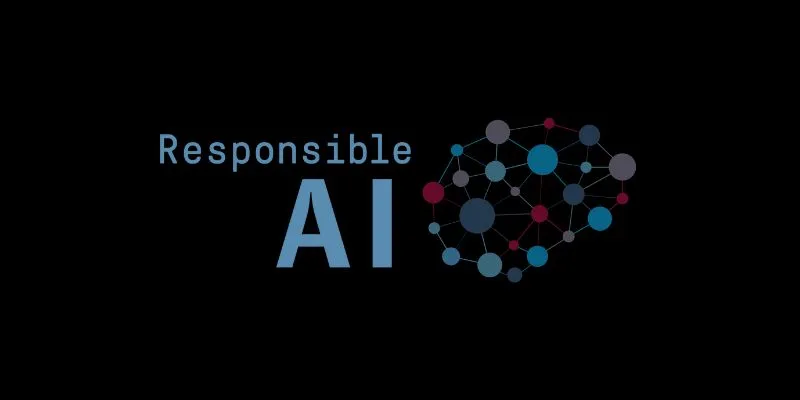In today’s fast-evolving technological landscape, terms like artificial intelligence, machine learning, data science, and big data are often used interchangeably. However, while related, each has distinct meanings and applications. Artificial intelligence (AI) empowers machines with human-like behavior and cognition. Meanwhile, machine learning (ML), a subset of AI, focuses on learning from data. Data science involves analyzing data to extract actionable insights.
Big Data, on the other hand, deals with processing and managing expansive and rapidly growing data sets. Though they often collaborate in smart systems, each field employs unique tools and approaches to solve different problems. Understanding these differences is vital to grasp how modern technologies function. Let’s delve into the primary distinctions among these fields.
The Differences Between AI, ML, Data Science, and Big Data
Confusion frequently arises around these terms, yet each has its specific goals, tools, and problem-solving methods.
Purpose and Function
Artificial intelligence (AI) aims to create models of human intelligence for machines, enabling them to act, think, and make decisions like humans. Once trained, AI systems can function independently with minimal human intervention. Machine learning (ML), a subset of AI, emphasizes learning from data patterns and improving over time without explicit programming. It enables systems to make predictions or decisions based on historical data.
Conversely, data science focuses on analyzing and interpreting complex data using business acumen, programming, and statistics to derive meaningful insights. Big Data’s primary goal is not learning but effectively storing, analyzing, and managing large volumes of diverse data.

Data Dependency and Role of Data
Data is crucial across all these fields, albeit in different forms. AI systems rely on data to simulate decision-making processes, learning to mimic human behavior and guide decisions. The quality and quantity of data directly influence an AI model’s intelligence and performance capabilities.
Machine learning (ML) is heavily data-dependent, using historical data to make forecasts or decisions about future events. Without sufficient data, ML models cannot function, evolve, or improve their accuracy. In data science, extracting value from data through cleaning, analyzing, and visualizing is essential to uncover hidden trends or solve business challenges.
Tools and Technologies Used
Each field utilizes specific tools to tackle various challenges. AI systems often leverage frameworks like TensorFlow, Keras, and IBM Watson to develop deep learning models that replicate human decision-making and enhance AI system capability. ML tools such as Scikit-learn, PyTorch, and XGBoost are vital for training and evaluating predictive models, enabling systems to learn from data over time.
Data science employs programming languages like SQL, Python, and R, along with libraries such as Pandas, to clean, analyze, and visualize data, providing insightful analysis and evidence-based recommendations. For Big Data, technologies like Apache Spark, NoSQL databases, and Hadoop are commonly used.
Skills Required for Each Field
To work in AI, individuals need strong programming skills, mathematical expertise, and algorithm knowledge, with advanced AI systems benefiting from proficiency in computer vision and neural networks. For ML, understanding programming languages, statistics, and linear algebra is crucial, along with the ability to train accurate and effective models.
In data science, statistical reasoning, coding skills, and the ability to craft data-driven narratives are essential. Data scientists must transform raw data into actionable business insights to inform decision-making. Big Data experts require expertise in managing distributed systems and large databases, as well as familiarity with cloud storage platforms.
Use Cases in the Real World
AI is utilized across various industries, powering intelligent robotics, voice assistants like Siri, and customer service chatbots. AI also enhances autonomous vehicles by improving driving safety and plays a role in medical imaging to detect diseases.
Machine learning (ML) applications include spam filtering, fraud detection, stock market predictions, and product recommendations. By learning from user behavior, ML aids apps in improving user experiences and refining recommendations over time.
Data science significantly impacts sales forecasting, market analysis, and business decision-making. By analyzing trends and patterns, data science helps companies optimize processes, reduce costs, and understand customer behavior. Big Data is instrumental in traffic monitoring, social media analysis, and weather forecasting.
Interaction Between These Fields
Despite their distinct applications, AI, ML, data science, and Big Data often intersect in modern tech projects. Machine learning is crucial for AI, enhancing decision-making and overall performance in AI systems. Most modern AI applications , such as virtual assistants and recommendation systems, rely on ML for intelligent operation.
Data science and ML are closely intertwined, with data scientists using ML techniques to build predictive models and analyze vast datasets. ML improves data analysis efficiency by automating tasks. Additionally, Big Data and data science are interconnected, with Big Data facilitating the extraction of valuable insights from massive datasets.

Conclusion:
AI, Machine Learning, Data Science, and Big Data each play unique yet interconnected roles in advancing technology. Machine learning learns from data, while artificial intelligence replicates human-like intelligence. Big Data manages large, complex datasets, and data science analyzes and interprets data to uncover insights.
Each field employs specific tools and methods to address various challenges. For those aspiring to work in technology, understanding the differences and interactions among these disciplines is crucial. Leveraging their skills allows professionals to overcome challenges, innovate, and enhance efficiency, fostering growth across sectors and shaping the future of technology.
 zfn9
zfn9






















